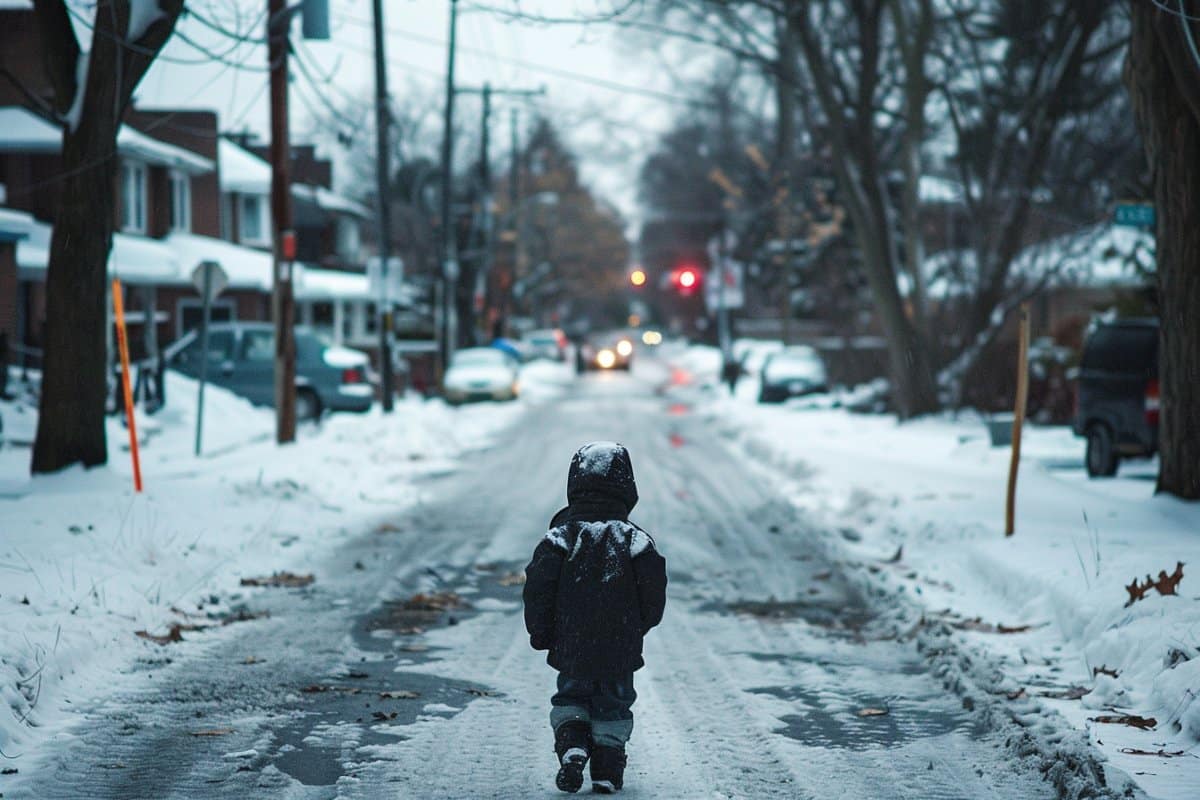Summary: Children living in violent neighborhoods exhibit increased amygdala reactivity, signaling heightened sensitivity to threats, which can affect mental health and socioemotional functioning. However, nurturing parenting can protect against these adverse effects, reducing exposure to community violence and its impact on the brain.
The study involved functional MRI scans of 708 children and teens, demonstrating that supportive parental relationships can act as a buffer against the negative influences of environmental stressors. This research underscores the crucial role of parental support in fostering resilience among youth facing neighborhood adversity.
Key Facts:
- Increased Amygdala Reactivity: Children in violent neighborhoods show heightened amygdala responses to threatening stimuli, indicating increased stress sensitivity.
- Protective Role of Nurturing Parents: Supportive parenting practices can shield children from the detrimental effects of community violence on brain development and mental health.
- Structural Solutions Needed: While nurturing parents can mitigate some effects of neighborhood violence, broader policy efforts are necessary to address the root causes of community disadvantage and violence exposure.
Source: APA
Living in neighborhoods with high levels of violence can affect children’s development by changing the way that a part of the brain detects and responds to potential threats, potentially leading to poorer mental health and other negative outcomes, according to research published by the American Psychological Association.
However, nurturing parents can help protect kids against these detrimental effects, according to the study, published in the journal Developmental Psychology.
“Decades of research has shown that growing up in neighborhoods with concentrated disadvantage can predict negative academic, behavioral and mental health outcomes in children and teens. And recent research is beginning to show that one way it does that is by impacting the developing brain,” said study co-author Luke W. Hyde, PhD, of the University of Michigan.
“However, less is known about how neighborhood disadvantage ‘gets under the skin’ to impact brain development.”
Hyde and his colleagues hypothesized that one way might be through the amygdala, the hub of the brain’s stress response system that’s involved in socioemotional functioning, threat processing and fear learning.
The amygdala is sensitive to facial expressions, and previous research has found that children who have been abused or neglected by family members, for example, show increased reactivity in the amygdala when looking at faces with negative, fearful or neutral expressions.
To study whether exposure to neighborhood violence might also affect children’s amygdala reactivity, the researchers analyzed data from 708 children and teens ages 7 to 19, recruited from 354 families enrolled in the Michigan Twins Neurogenetic Study.
Most were from neighborhoods with above-average levels of poverty and disadvantage, as measured by the U.S. Census Bureau. Fifty-four percent of the participants were boys, 78.5% were white, 13% were Black and 8% were other races and ethnicities. The participants lived in a mix of rural, suburban and urban areas in and around Lansing, Michigan.
Teens completed a set of surveys that asked about their exposure to community violence, their relationship with their parents and their parents’ parenting style. Participants also had their brains scanned by functional MRI while they looked at faces that were angry, fearful, happy or neutral.
Overall, the researchers found that participants who lived in more disadvantaged neighborhoods reported more exposure to community violence. And participants who reported more exposure to community violence showed higher levels of amygdala reactivity to fearful and angry faces.
The results held true even when controlling for an individual family’s income, parental education and other forms of violence exposure in the home, such as harsh parenting and intimate partner violence.
“This makes sense as it’s adaptive for adolescents to be more in tune to threats when living in a more dangerous neighborhood,” said Hyde.
However, he and his colleagues also found that nurturing parents seemed to be able to break the link between community violence and amygdala reactivity in two ways.
“Despite living in a disadvantaged neighborhood, children with more nurturing and involved parents were not as likely to be exposed to community violence, and for those who were exposed, having a more nurturing parent diminished the impact of violence exposure on the brain,” said Gabriela L. Suarez, a graduate student in developmental psychology at the University of Michigan and co-author of the study.
“These findings really highlight how nurturing and involved parents are helping to support their children’s success, even in potentially harsh environments, and offer clues as to why some youth are resilient even when facing adversity.”
Overall, the researchers said, the study highlights the need for structural solutions to protect children from the negative impact of exposure to community violence. It also points to the ways in which strong, positive parents can promote resilience among children and teens exposed to adversity.
“Parents may be an important buffer against these broader structural inequalities, and thus working with parents may be one way to help protect children — while we also work on policies to reduce the concentration of disadvantage in neighborhoods and the risk for exposure to violence in the community,” said co-author Alex Burt, PhD, of Michigan State University.
About this environmental neuroscience and neurodevelopment research news
Author: Lea Winerman
Source: APA
Contact: Lea Winerman – APA
Image: The image is credited to Neuroscience News
Original Research: The findings will appear in Developmental Psychology

Sarah Carter is a health and wellness expert residing in the UK. With a background in healthcare, she offers evidence-based advice on fitness, nutrition, and mental well-being, promoting healthier living for readers.








